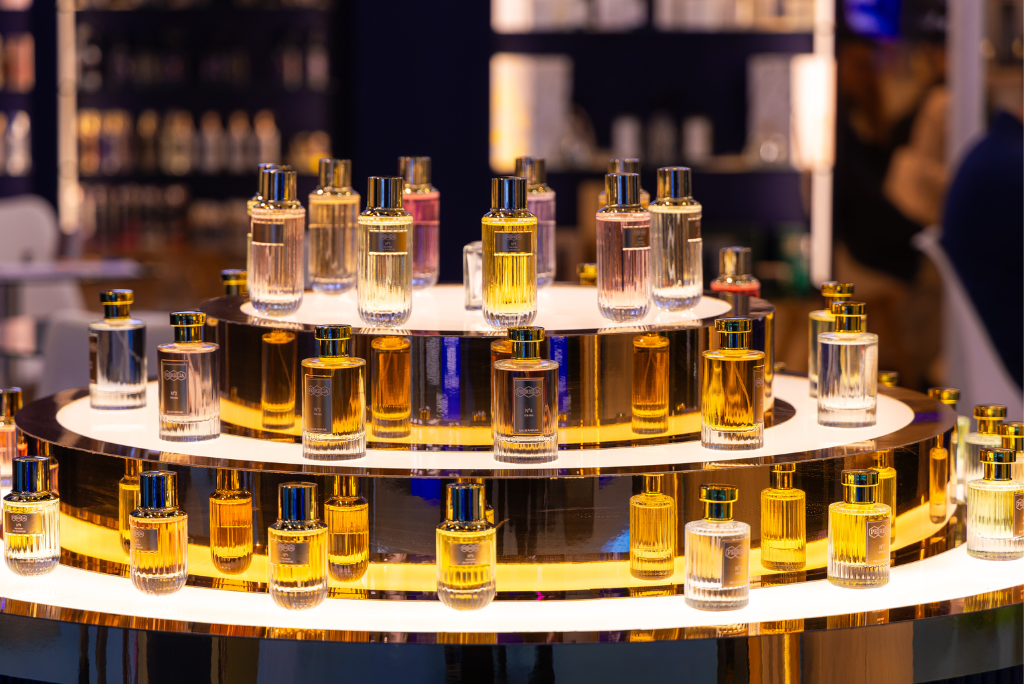
Fragrance has become a daily necessity
This is because fragrance is increasingly viewed as part of the daily routine and an important driver of personal wellness. In the US, for example, 65% of fragrance users wear it every day. This has helped US beauty retailers like Ulta to defy analyst expectations with higher than predicted sales in the last year. In fact, fragrance’s share of Ulta’s annual sales rose from 11% to 13% in fiscal 2024/25, and in the first quarter of fiscal 2025, the retailer reported double-digit fragrance sales growth.
In Europe, the consumer base for fragrance is reassuringly large. Nine in 10 consumers in France, Italy and Spain and 8 in 10 Germans use some form of fragrance, with eau de parfum the preferred format in nearly all cases.
Most of these fragrance users stay in their own lane when it comes to gendered scent. Only 9% of women in France, Germany and Italy wear a male fragrance, while even fewer men wear a female fragrance (8% in France and 3% in Italy). Unisex fragrances attract relatively low numbers too, ranging from 13% of both men and women in France to 18% of German women and 18% of Spanish men.